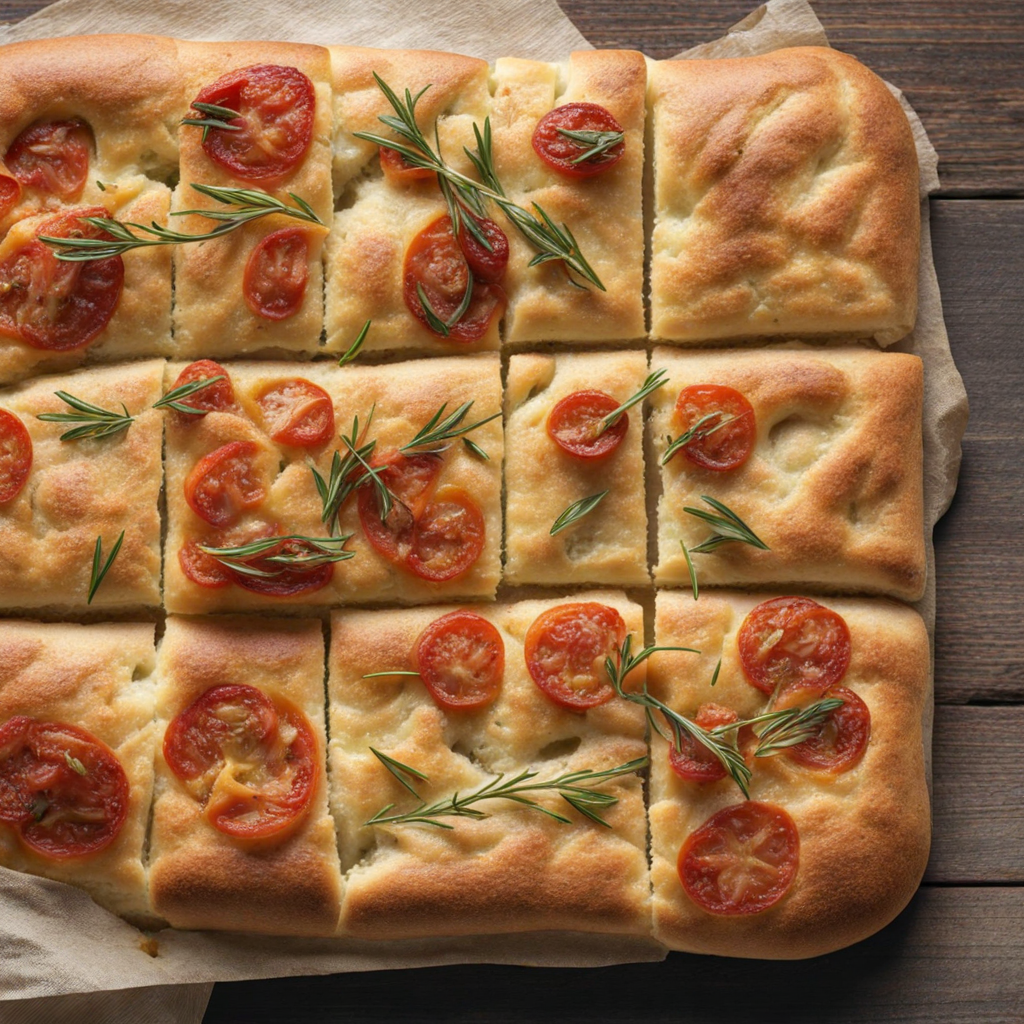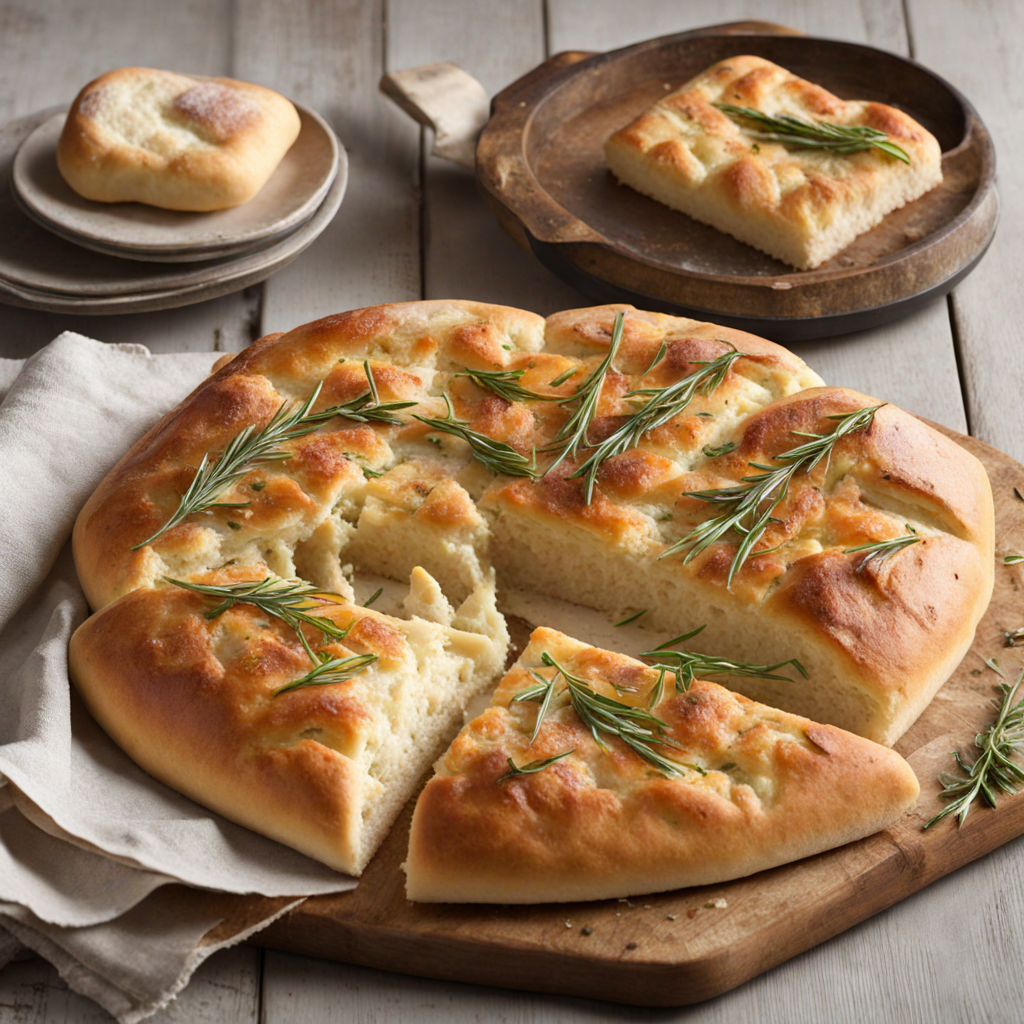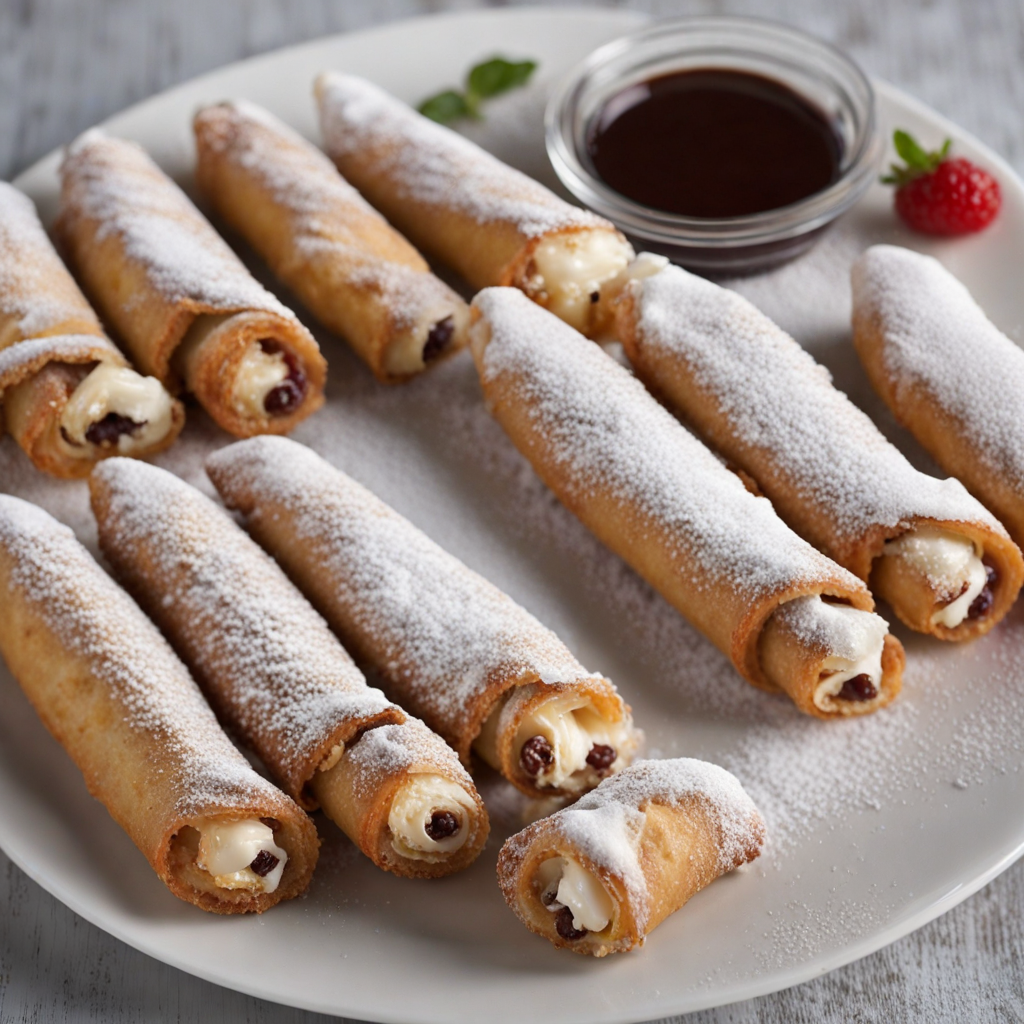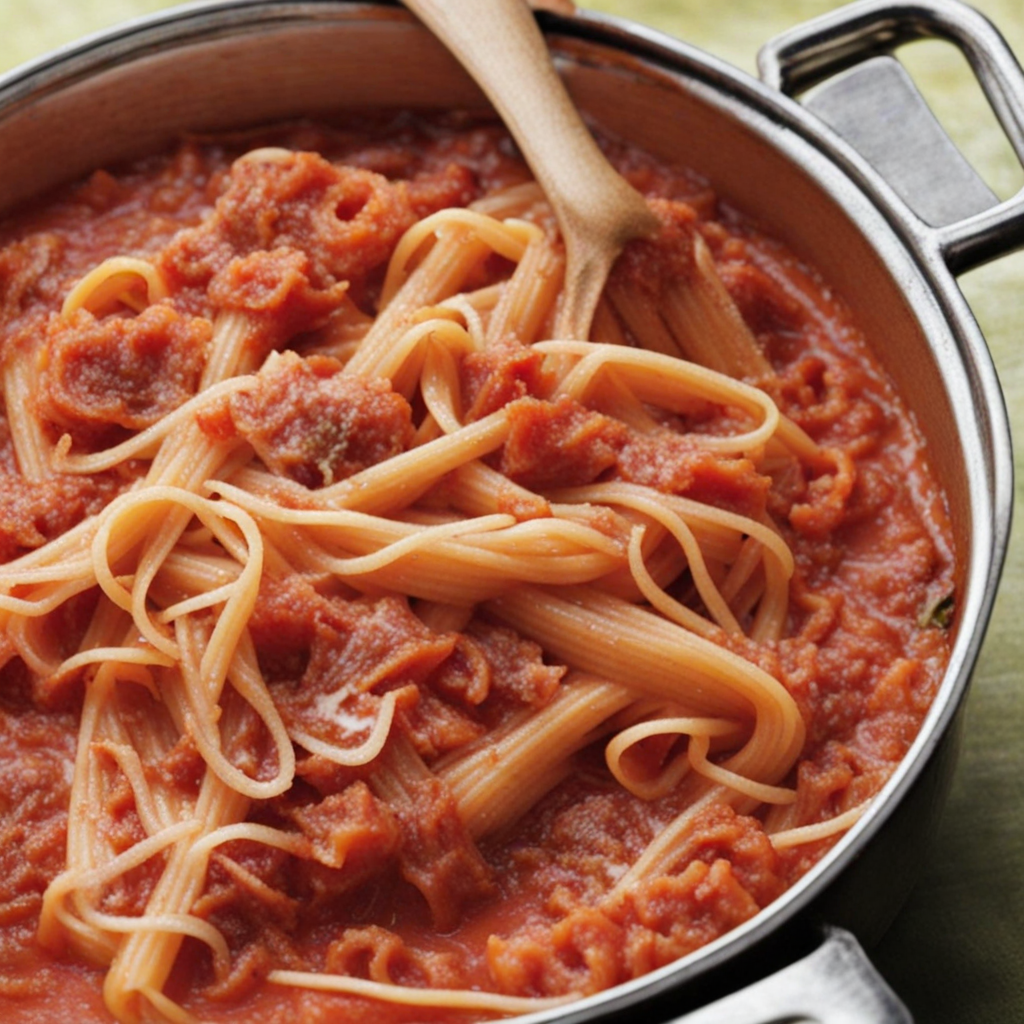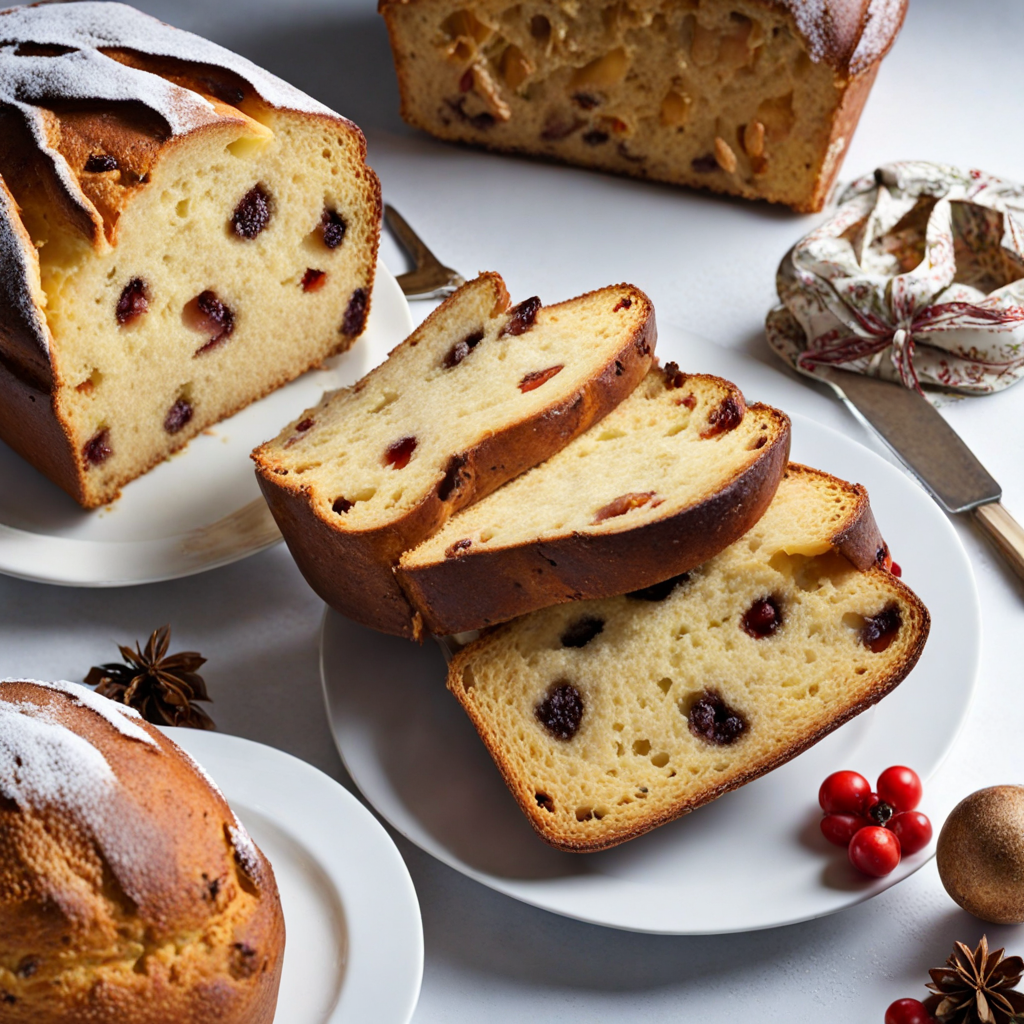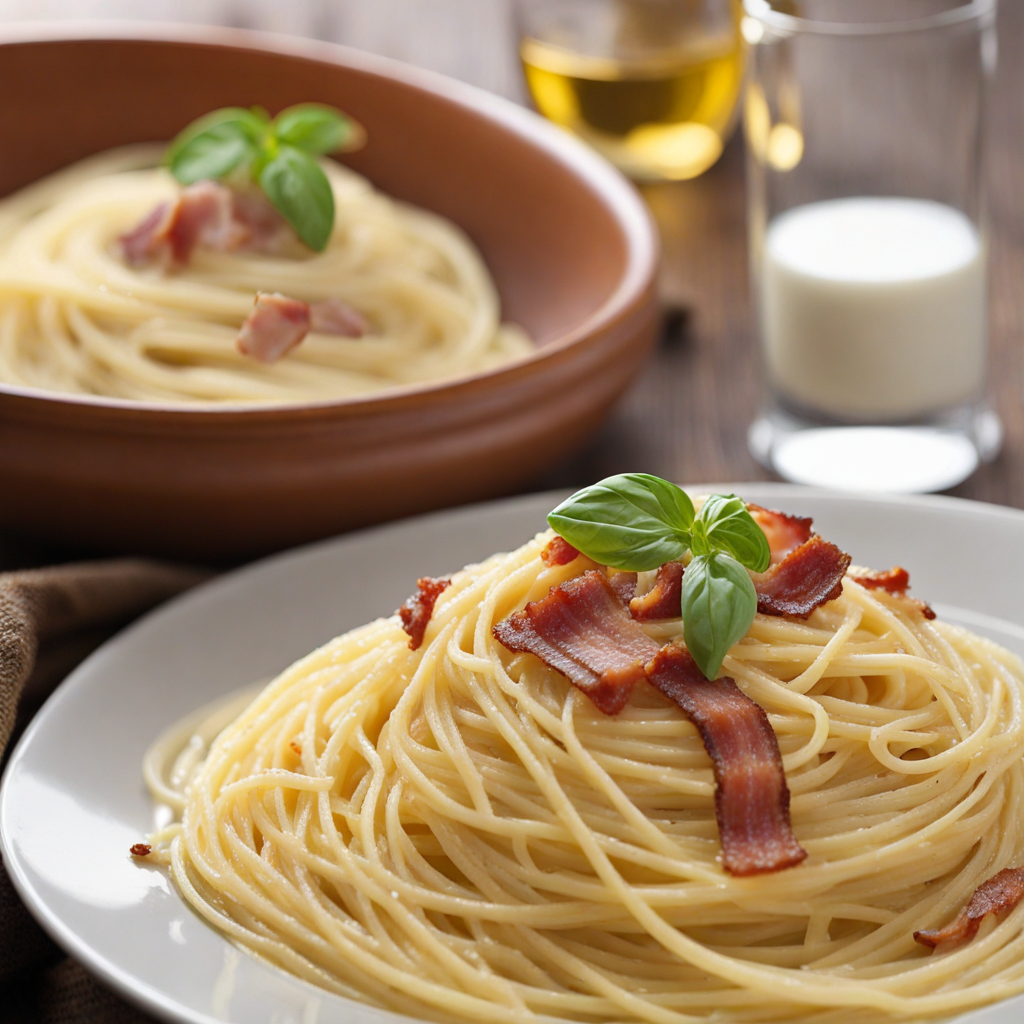Focaccia
Focaccia is a delightful Italian bread that is both simple and versatile, often enjoyed as a snack, side dish, or even as a base for sandwiches. Characterized by its rich, olive oil-infused flavor and soft, pillowy texture, focaccia is typically baked in large, flat sheets, making it easy to share. The surface is usually dimpled to create little wells that hold onto herbs, sea salt, and various toppings, adding an aromatic burst of flavor with every bite. Rosemary is a classic choice, but variations can include toppings like olives, sun-dried tomatoes, or caramelized onions, providing a unique twist to the traditional recipe. What sets focaccia apart is not only its texture but also its incredible versatility. This bread can serve as a canvas for flavors, allowing for creativity in the kitchen. You can enjoy it warm, drizzled with a bit more olive oil and balsamic vinegar for dipping, or as a base for a hearty sandwich filled with meats, cheeses, and fresh vegetables. The slightly crispy exterior contrasts beautifully with the soft, airy inside, creating a satisfying mouthfeel that is irresistible. In Italy, focaccia is often found in bakeries and is a common accompaniment to meals, making it a staple in the Italian diet. It embodies the essence of Italian cooking: simplicity and quality ingredients coming together to create something extraordinary. Whether you're trying it for the first time or are already a fan, focaccia is a dish that invites you to explore its myriad of flavors and textures, leaving you with a warm sense of comfort and satisfaction with every bite.
How It Became This Dish
Focaccia, a beloved Italian bread, has a rich history that dates back to ancient civilizations. Its origins can be traced to the Ancient Romans, who baked a flatbread known as “panis focacius.” The term "focaccia" itself is derived from the Latin word "focus," meaning hearth or fireplace, which indicates the method of cooking the bread in the hot embers of a fire. This association with the hearth signifies not just the cooking technique but also its importance as a staple food in Roman culture. As the Romans expanded their empire, they brought their culinary practices with them, influencing the peoples they encountered. This included the preparation of focaccia. Initially, it was a simple bread, usually made with flour, water, salt, and sometimes olive oil. It served as a versatile base for various toppings, from herbs to vegetables, showcasing the local ingredients available in different regions. Over the centuries, focaccia evolved and adapted to the tastes and traditions of various Italian regions. In Liguria, for instance, focaccia became particularly renowned, leading to the creation of "focaccia al rosmarino," which is topped with rosemary and coarse sea salt. This version highlights the use of local ingredients and the importance of herbs in Italian cuisine. Liguria's coastal location also meant that olive oil was plentiful, further enriching the bread's flavor and texture. In contrast, Apulia, located in the southeastern part of Italy, developed its own unique version known as "focaccia barese." This variant often incorporates tomatoes, olives, and sometimes even potatoes, showcasing the region's agricultural bounty. The dough is typically thicker and has a denser texture compared to its Ligurian counterpart, reflecting the local baking traditions and preferences. The cultural significance of focaccia extends beyond its deliciousness; it serves as a symbol of communal identity and heritage. In many Italian homes, baking focaccia is a cherished family tradition, passed down through generations. It's often enjoyed during festive occasions, family gatherings, and communal celebrations. The act of baking focaccia can be viewed as a form of storytelling, where each family’s recipe carries its unique history and connection to the past. In the Middle Ages, focaccia saw further transformation as it became more widely consumed across Italy. The introduction of new ingredients and techniques, influenced by trade and cultural exchange, enriched its flavor profile. The use of spices, which were becoming more available due to trade routes, began to influence regional variations of focaccia. This period also marked the rise of bakeries, where focaccia was sold to the public, making it more accessible. The Renaissance ushered in a new appreciation for culinary arts, and focaccia was no exception. With the emphasis on aesthetics and presentation, bakers began to experiment with decorative toppings and intricate designs. Focaccia became a canvas for artistic expression, with toppings arranged in beautiful patterns that reflected the creativity of the time. This period solidified focaccia’s status not just as a staple food, but also as a dish worthy of celebration. As Italian immigrants spread across the globe in the 19th and 20th centuries, they took their culinary traditions with them. Focaccia found its way into the kitchens of America and other countries, adapting to local ingredients and tastes. In the United States, for example, it became popular in Italian-American communities, often served as a sandwich bread or used in various fusion dishes. This globalization led to the creation of numerous variations, each with its unique twist. In contemporary times, focaccia has experienced a renaissance, celebrated not only in Italy but also around the world. Artisan bakers are reviving traditional methods and experimenting with innovative flavors and ingredients. From sweet focaccia topped with fruits and nuts to savory varieties featuring cheeses and cured meats, the possibilities are endless. The rise of food culture in the digital age has also contributed to focaccia’s popularity, with social media showcasing beautiful images of this versatile bread, inspiring home bakers to try their hand at creating their versions. Culinary tourism has further solidified focaccia’s place in Italian cuisine, with tourists seeking out authentic experiences in regions like Genoa and Bari. Local bakeries often offer workshops, teaching visitors the art of making focaccia, which not only preserves traditional techniques but also fosters a deeper appreciation for Italian culinary heritage. In addition to its gastronomic appeal, focaccia embodies a sense of place and identity. Regions take pride in their specific styles, and each loaf tells a story of the land, climate, and culture from which it originates. This connection to the earth and community is a testament to the enduring legacy of focaccia as more than just a food item; it is a representation of Italy's diverse culinary landscape. Today, focaccia continues to be a beloved staple, enjoyed in various settings, from casual family meals to high-end dining establishments. Its versatility allows it to complement a wide range of dishes, making it a favorite accompaniment to soups, salads, and charcuterie boards. As interest in artisanal and handmade foods grows, focaccia remains at the forefront of this movement, celebrated for its simplicity, flavor, and cultural significance. In conclusion, the history of focaccia is a fascinating journey through time, reflecting the evolution of Italian cuisine and culture. From its ancient roots in Rome to its modern-day popularity worldwide, focaccia is not merely a type of bread; it is a symbol of community, tradition, and culinary innovation. Each bite of focaccia encapsulates centuries of history and the richness of Italian culture, making it a beloved food that transcends borders and unites people through shared culinary experiences.
You may like
Discover local flavors from Italy


